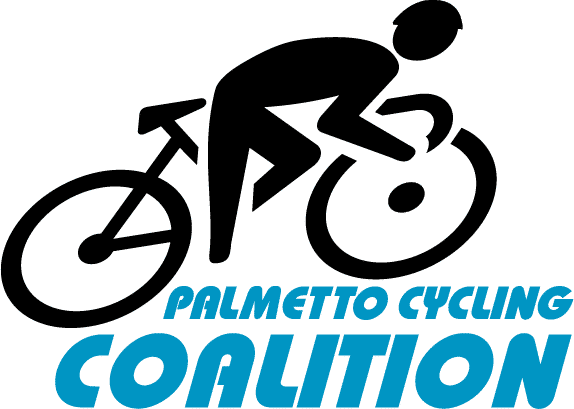Riding Transit is Easier Thank You May Think.
edit: June 25, 2018, by Corrine Reed

Last Thursday, I participated in the Columbia Comet’s Dump the Pump Happy Hour event. This is the 13th national day to encourage people to leave their cars at home and take public transit. It became a national event in 2005 when gas first rose above $3 per gallon. According to the March APTA Transit Savings Report, individuals in a two-person household can save an average of more than $9,894 annually by downsizing to one car. (Check out The Comet’s write-up on the event here!)
To commemorate the day, Columbia’s bus system, the Comet, offered free rides all day on June 21st. It was especially monumental for me because this was my first public transit experience. I regularly used USC’s bus service when I was in college, but I never took the opportunity to explore The Comet. As someone who is embarrassingly bad at reading maps, I felt especially intimidated about how to start riding the bus. Which route should I take? What if I get lost? Where all does The Comet even go? I’m also too short for the bus stop bench, but we don’t need to talk about that.

So in standard wannabee-Buzzfeed-actor fashion, I ventured off to a route 401 bus stop on Devine Street, and hopped on the bus without the faintest idea of where I was heading. Of course, there is a phone app that details where each of the buses go, but I’m really directionally challenged and was in the mood for a surprise adventure.
The first thing I noticed was that The Comet meets the #1 requirement of facilities in South Carolina – Good air conditioning!!! The Comet looked newer and had more sophisticated technology than the buses I road as a college student. They even have a motorized ramp to accommodate people with mobility challenges. Watching the ramp unfold seriously made me feel like I was riding on a space ship! Comet shuttles also have seat belts specifically designed to secure people in wheelchairs.

I met a veteran named Ken who uses transit “98% to 99% of the time”. He not only rides the bus to commute but also to spend time with other people. It was clear that he, the driver, and other regular riders had a close, family-like bond. If it weren’t for The Comet, they most likely would have never met. Exclusively driving a car significantly decreases the opportunity to build connections with new people.
Public Transit doesn’t just help people save money. It brings communities together and expands access to economic opportunities. Nearly 40% of Americans either cannot drive or cannot afford a car. Our car-centric infrastructure excludes older adults, people with disabilities, students, and low-wealth communities. More people in the Midlands have access to work and to their community because of The Comet.
I was surprised by the diversity of the people and the variety of reasons why patrons choose to ride the bus. Our driver picked up patients leaving Palmetto Health, moms heading to work, veterans visiting the VA, couples going on a Target run, and patrons like me riding to people-watch. The Comet is not just for people who can’t afford another option. While it doesn’t meet all the Midlands’ transit needs, it has something for everyone, even the most dedicated car-owner. For more information on The Comet go to catchthecomet.org.
